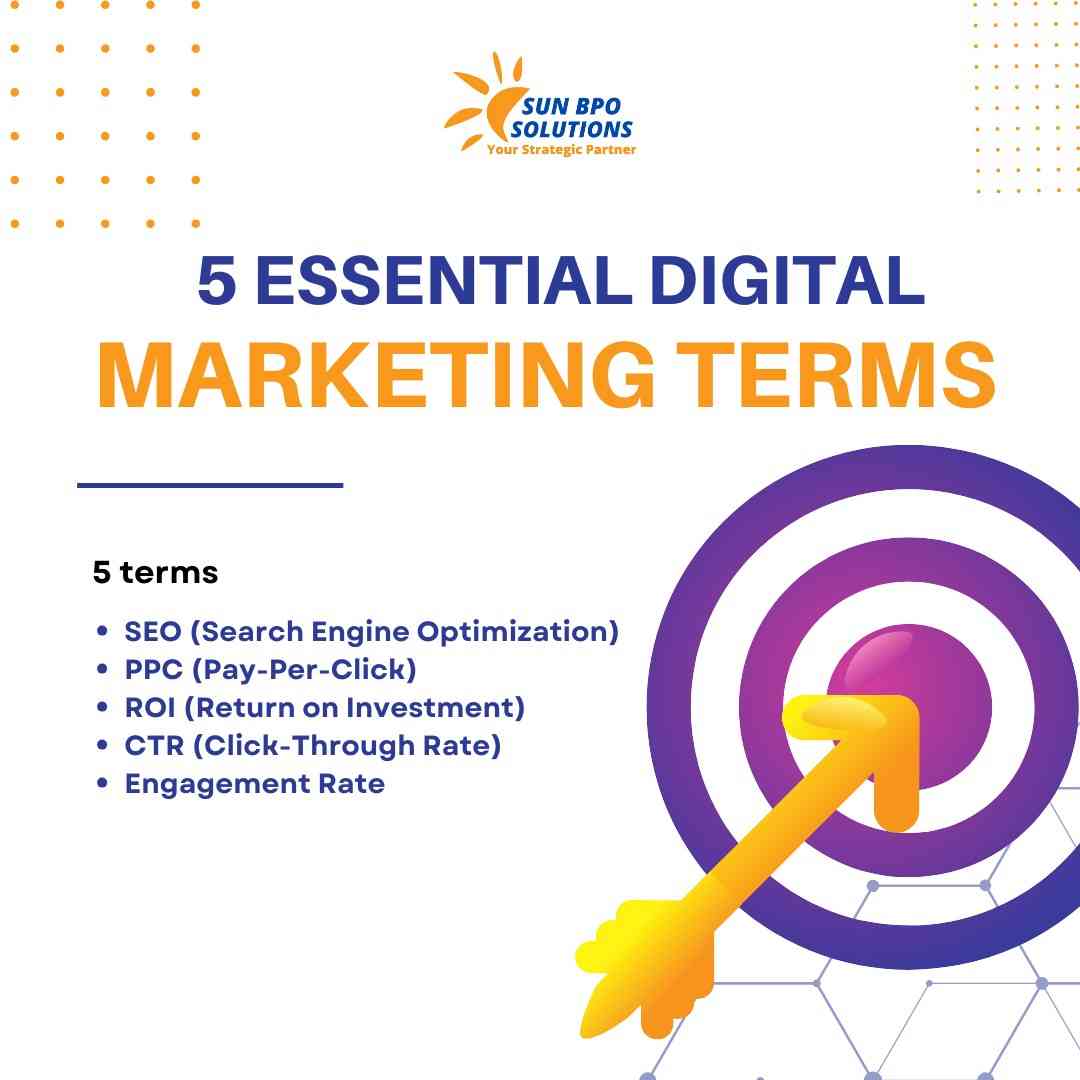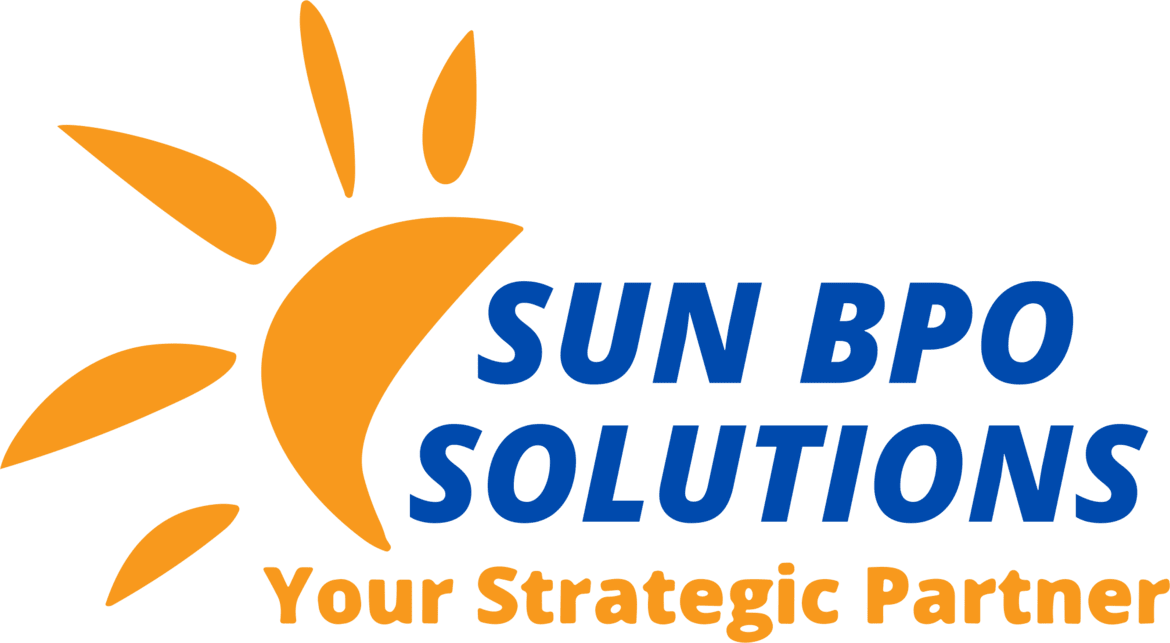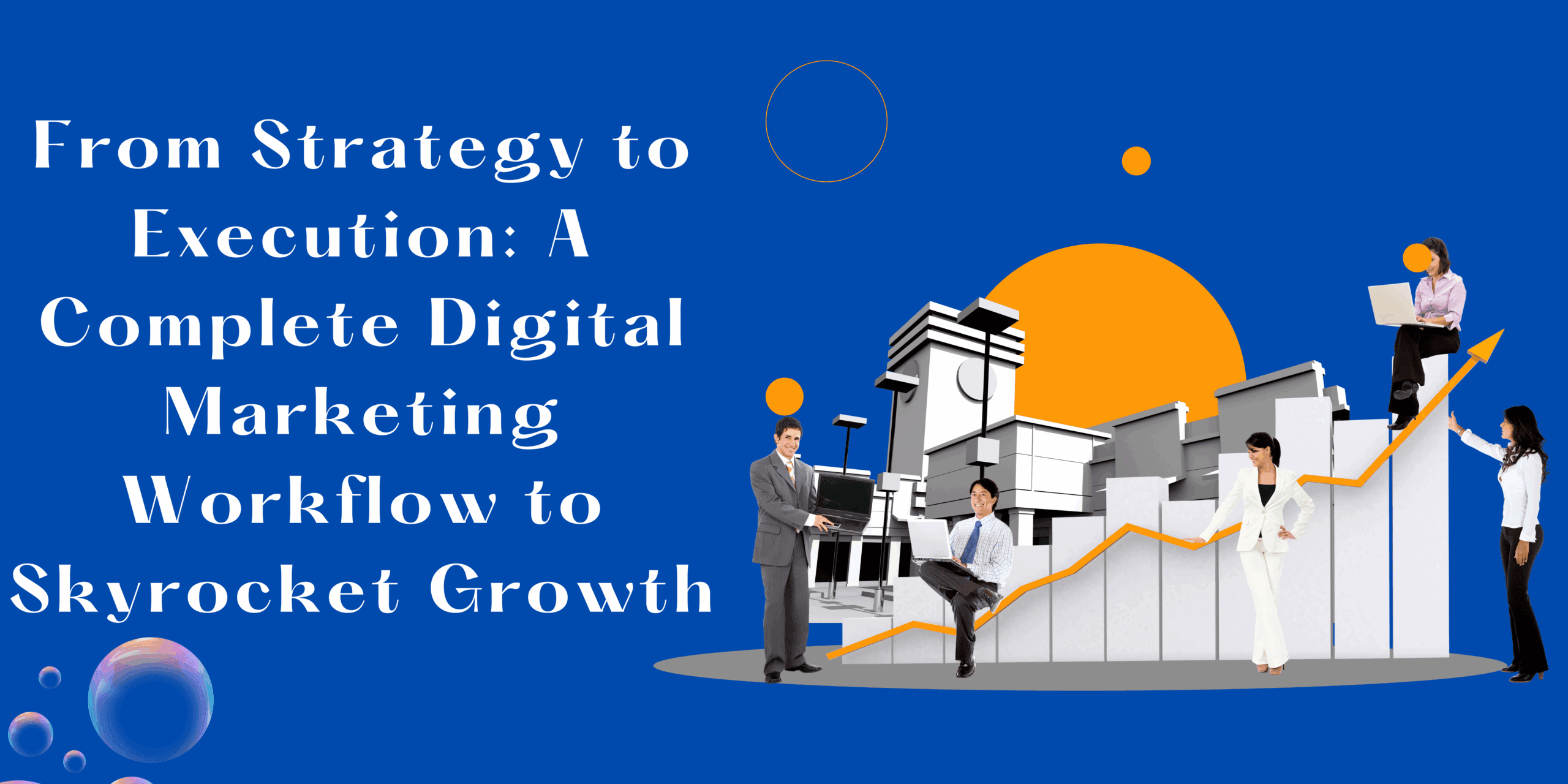Table of Contents
Introduction
In the ever-evolving landscape of online marketing, having just a website or social presence isn’t enough. Businesses need a streamlined digital marketing workflow that transforms strategy into consistent execution. Whether you’re a startup or a growing enterprise, this workflow is essential to generate leads, drive conversions, and build brand loyalty.
In this blog, we’ll walk you through a step-by-step approach to master the full digital marketing workflow, choose the best marketing tools, and implement winning strategies that convert.

💼 What is a Digital Marketing Workflow (And Why Your Business Needs One)
A digital marketing workflow is a structured process that outlines how marketing tasks are planned, executed, and optimized. It ensures every team member knows what needs to be done, when, and how — leading to better collaboration, higher productivity, and improved ROI.
✅ Streamlined Process: It helps you organize campaigns from ideation to execution without missing key steps.
✅ Consistency: Keeps brand messaging consistent across all digital marketing platforms.
✅ Efficiency Boost: Saves time by automating repetitive tasks using powerful digital marketing tools.
✅ Performance Tracking: Allows better tracking of performance through KPIs and analytics tools.
✅ Improved ROI: A well-defined workflow directly contributes to the success of your digital marketing strategies.
Essential Steps in a Complete Digital Marketing Workflow
✅ Your entire plan starts with defining clear objectives. Are you aiming for more traffic, email subscribers, or product sales? Identify your target customer personas and align them with measurable goals.
✅ Not all platforms deliver the same ROI. Small businesses often start with digital marketing for small business strategies like local SEO, Facebook Ads, and email campaigns.
✅ Develop blog posts, lead magnets, social creatives, ad banners, and email templates that speak directly to your audience.
✅Leverage tools like Mailchimp, Buffer, SEMrush, or HubSpot to streamline campaigns, schedule content, and gain insights. These digital marketing tool save time and eliminate guesswork.
✅Monitor open rates, CTR, cost per lead, conversions, and engagement metrics to evaluate performance. Use tools like Google Analytics and campaign dashboards for accurate tracking.
✅ A/B test your subject lines, CTAs, ad designs, and landing pages. Data-driven optimization is key to mastering digital marketing execution and improving campaign ROI.
Pro Tip: Create a shared calendar or use a project management tool like Trello or Asana to keep your team in sync with all tasks in your digital marketing workflow.
⚙️ Top Digital Marketing Tools to Power Your Campaigns
The right digital marketing tool can elevate your campaigns from good to great. Here are must-haves in your toolkit:
- SEO & Keyword Research: SEMrush, Ahrefs, Moz
- Email Marketing: Mailchimp, ActiveCampaign
- Social Media Management: Buffer, Hootsuite, Sprout Social
- Design Tools: Canva, Adobe Creative Suite
- Analytics & Reporting: Google Analytics, Hotjar, Facebook Insights
These platforms help businesses stay organized, automate processes, and measure results effectively—especially crucial when managing multiple campaigns.
💡 Advanced Digital Marketing Strategies to Consider
As the market becomes more competitive, advanced digital marketing strategy can give your business an edge. Here are some effective approaches:
- Omnichannel Campaigns: Integrate social media, email, and web-based content for a seamless user experience.
- Retargeting: Use pixels and email list segmentation to bring back lost leads.
- Content Personalization: Use behavior-triggered emails and dynamic website content to increase conversions.
- Voice Search Optimization: Align content for voice queries to future-proof your SEO.
These strategies combined with smart digital marketing execution can significantly boost brand awareness, engagement, and conversions.
🔮 Future-Proofing Your Marketing Workflow
The future of marketing is intelligent, automated, and hyper-personalized. To stay ahead, marketers must continuously refine their marketing workflow and embrace innovations like:
- AI-driven content creation
- Predictive analytics for campaign planning
- Automated segmentation and A/B testing
- Integration of AR/VR in social ads
Small businesses that implement future-ready digital marketing strategies will dominate their niches with tailored experiences and consistent growth.
Time Allocation in a Digital Marketing Workflow
Final Thoughts
A seamless digital marketing workflow is the backbone of high-performing campaigns. By choosing the right tools, following a data-driven strategy, and constantly optimizing, you can move from ideas to results quickly and effectively.
Whether you’re a solopreneur or leading a team, blending planning with execution is the fastest way to grow and scale your brand online. Start implementing your optimized workflow today!
Share your thoughts in the comments! 🚀
Stay updated with SunBPO Solutions for the latest trends, insights, and strategies to keep your business ahead of the curve!
Frequently Asked Questions (FAQs)
Why is a digital marketing workflow important for businesses?
A streamlined digital marketing workflow enhances team productivity, reduces errors, and ensures consistent messaging across all platforms. It also allows for effective tracking of marketing efforts, helping businesses identify successful strategies and areas for improvement.
How do I measure the success of my digital marketing workflow?
Success can be measured using key performance indicators (KPIs) such as:
1. Website Traffic
2. Lead Generation Rates
3. Conversion Rates
4. Return on Investment (ROI)
5. Engagement Metrics (likes, shares, comments)
By continuously monitoring these KPIs, businesses can fine-tune their workflow and improve future campaigns.
How can small businesses benefit from a digital marketing workflow?
For small businesses, a digital marketing workflow ensures better resource allocation, improved efficiency, and higher impact with limited budgets. By optimizing campaigns and automating repetitive tasks, small businesses can compete with larger competitors while focusing on growth.





0 Comments